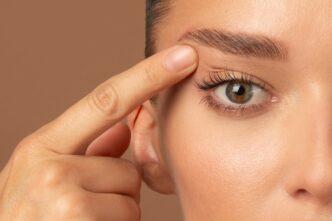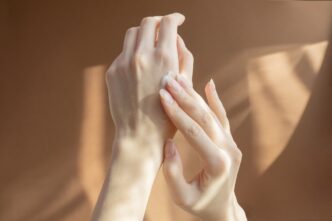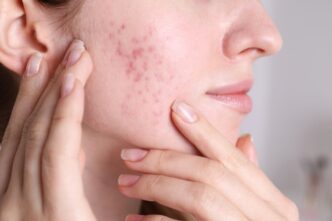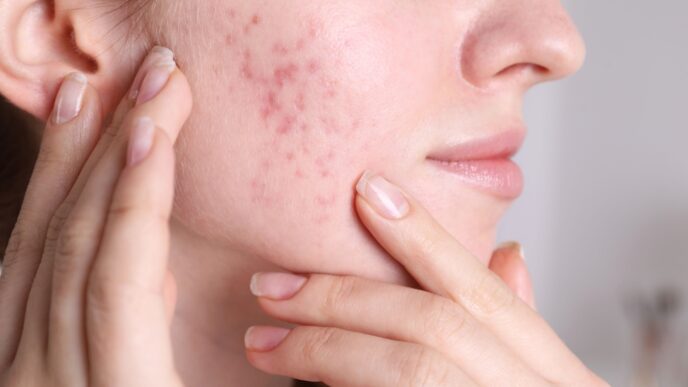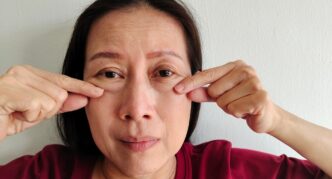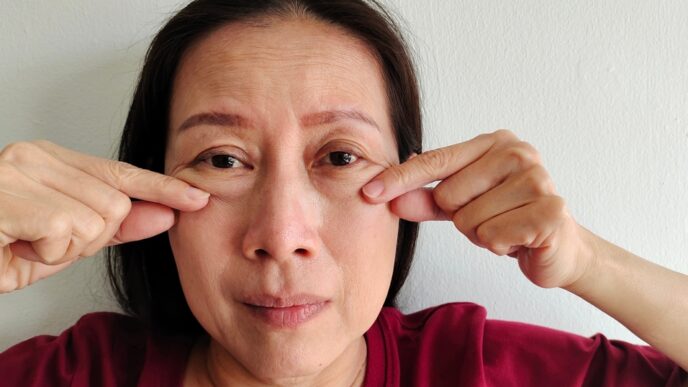Having large, round eyes with well-defined double eyelids has been a long-standing trait of conventional beauty. Genetically, however, many Asians are born with a mono-lid (single eyelid) or have upper eyelid folds that are covered with excess skin, making them less obvious. While double eyelids are certainly not a necessity to look and feel beautiful, one can opt for a blepharoplasty if they wish to have such eyelids.
WORDS HANNAH MAY-LEE WONG
 FEATURED EXPERT FEATURED EXPERTDR SOMASUNDARAM SATHAPPAN Consultant Plastic and Reconstructive Surgeon Klinik Plastic Surgery Soma |
BLEPHAROPLASTY: DOUBLE EYELID SURGERY
- According to Dr Somasundaram Sathappan, blepharoplasty refers to surgery on the eyelid and is also known as the double eyelid surgery.
- It is one of the most common cosmetic procedures that plastic surgeons perform in Malaysia.
- The procedure involves the removal of excess skin from the upper eyelid and reconstruction of the eyelid to create a fold when you open your eyes.
- Actually, most people already have a fold in their upper eyelid, but in most Asian people, the fold is covered by excess skin so it is not visible.
If a person has puffy eyes, the surgeon will also remove some fat during the blepharoplasty, but not too much. Too much fat removed from the eyelid will lead to hollow-looking eyes that look a bit sickly!
WHAT HAPPENS DURING A BLEPHAROPLASTY
Before the Surgery
Dr Soma explains that:
- The patient will first come for a preoperative consultation.
- “We go through their medical history and allergy tests as well as make sure they are not on any blood thinning products, vitamin E, or gingko biloba that can cause bleeding,” he says.
He adds: “Before we tell the patients what they can do to their face to make them happier and prettier, we assess their face anatomically.”
- The surgeon will take note of the person’s condition before surgery, such as whether they have extra skin or extra fat around the eyelids and whether their eyebrows are drooping.
- “Then, we can recommend the type of procedure they should go for based on the results they want,” Dr Soma goes on to say.
- The procedures involve raising their eyebrows, removing excess skin to create a double eyelid, or both.
- The choice of procedure also depends on how much time the patient has to recover as they will need to take time off work.
- “Of course, we must take the cost into consideration as well,” says Dr Soma.
One will also be shown before and after photos to help them decide whether the surgery is right for them.
The Surgery
- A blepharoplasty is usually done under local anaesthesia.
- Pre-operative markings are made on the eyelids indicating how much skin is needed to be excised.
- According to Dr Soma, the surgery will take around half an hour to 45 minutes; it’s a fairly quick day procedure and patients can go back home on the same day.
- In 5 to 7 days after the surgery, the patient comes back to the hospital to get the stitches removed.
There may be swelling for two to three weeks before it subsides completely.
RISKS AND COMPLICATIONS
- Bleeding
- Allergies to medications or infections, which are rare
- Asymmetry, where the right and left eyelids turn out to be uneven; 1 to 2mm asymmetry is quite common, and may be present even before surgery
- Small risk of blindness
“As far as I know, blindness caused by a double eyelid procedure has never happened in Malaysia, but there have been reports of it happening overseas,” Dr Soma elaborates.
HOW LONG DO THE DOUBLE EYELIDS LAST?
Generally, a blepharoplasty lasts a long time, up to 15 to 20 years.
“But if excess skin redevelops, it will have to be removed again,” Dr Soma tells us.
| Blepharoplasty can be performed at the same time as other plastic surgeries. The combination of eyelid surgery, face lift, and neck lift is quite popular, the entire procedure taking about four and a half hours. |
| This article is part of a series that take a scientifically proven look at aesthetics and beauty. |

